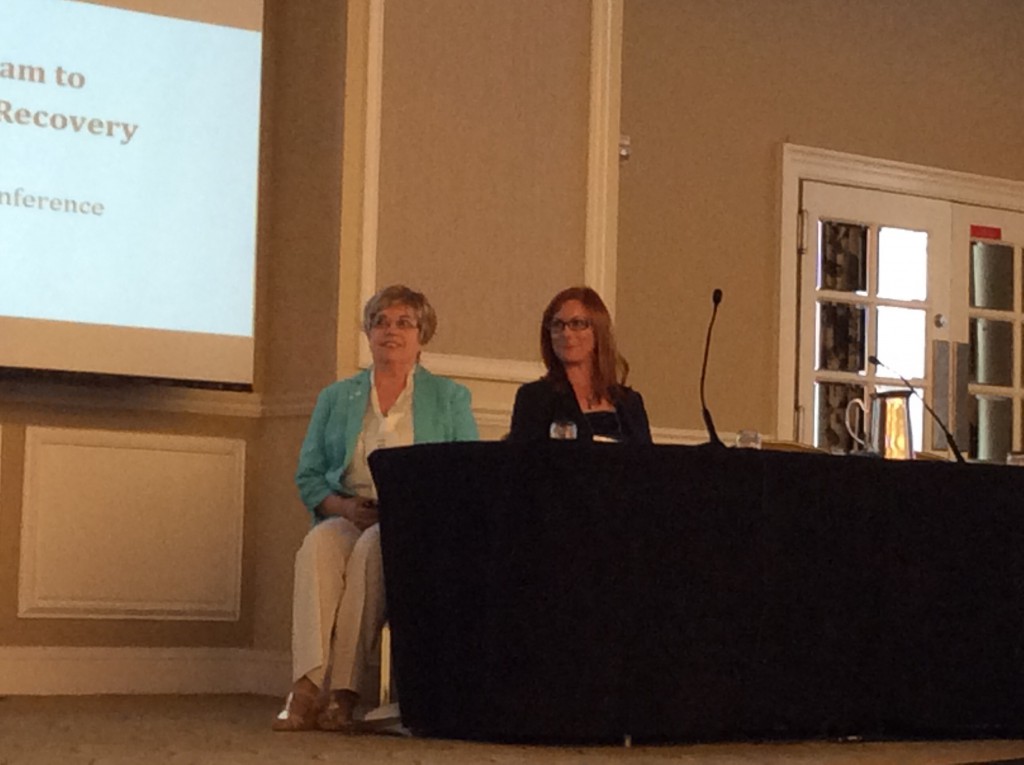Case Study: Safeway’s Program to Identify and Intervene with “At-Risk” Employees to Enhance Recovery
At the 2015 National Council of Self-Insurers Annual Meeting, Safeway discussed their claims early intervention program. The presenters were Anita Weir, Director of Medical & Disability Management and Denise Gillen-Algire, Director of Managed Care & Disability.
Understanding the Dynamics of Delayed Recovery:
- A small number of claims drives a large percentage of the costs.
- Clinically simple or routine claims are seeing increasing medical and indemnity costs due to poor recovery.
- Some people develop persistent pain and delayed recovery due to non-medical psycho-social risk factors (poor coping skills).
- Medical diagnosis legitimizes injured workers’ sense of distress (i.e. I have a disc bulge that is causing my pain).
Early Intervention Program Overview:
- Initial pilot on low back claims (80 claims).
- Clinical risk management screening questionnaire was given at the primary treating physicians office during intake.
- Risk for delayed recovery was identified very early in the claim.
- Additional disciplines including physical therapy or cognitive behavioral therapy were provided immediately.
- Of those 80 claims in the pilot program, all returned to work and none had surgery.
- Current program now screens all claims at two weeks post injury. This includes medical only and lost time claims.
- Add on costs for screening tool and cognitive behavioral therapy is approximately $2,500.
Key Implementation Components:
- Cognitive behavioral therapy does not create a “psych” claim. There are CPT codes for this therapy that do not create a psychological diagnosis code.
- About 12% of injured workers score high for delayed recovery risk.
- The average number of cognitive behavioral sessions is six.
- About half the at-risk injured workers understand the new skill acquisition for resilience is in their best interest.
- About half the at-risk injured workers have other agendas and will not engage in the cognitive behavioral therapy.
What We Learned From Mistakes:
- There is a need to screen all cases, not just low back claims.
- Medical providers were not the most efficient means to conduct the screening questionnaire. This works better having nurses conducting the screening telephonically. They have contracted with a vendor partner to conduct these “care calls” where the screening questionnaire is conducted.
Keys to Success:
- The intense involvement of nurse case management and their medical director has been one of the keys. This is not something you can just plug in. It takes a team approach.
- Communication is of the utmost importance. Communication with the treating physician and injured worker in particular.
- The screening tool must be conducted consistently.
- You need to identify how you will measure success and outcomes.
As a result of this screening tool, they have experienced a 30% drop in claim costs. They have started a study with CWCI into their results and these should be published next year.


